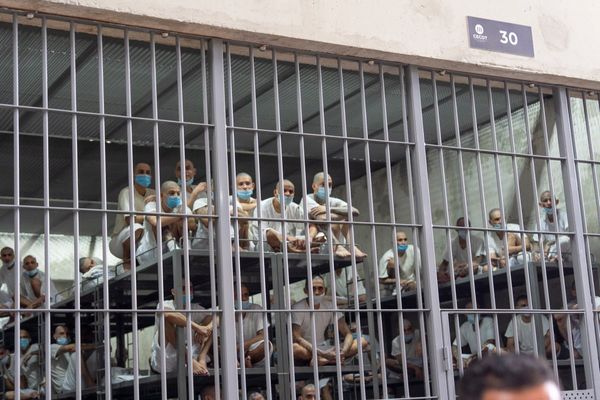
Pent-up demand by households freed from Covid lockdowns helped drive Australia’s economy back to growth in the December quarter, although the pace of the rebound fell short of some expectations.
Australia’s gross domestic product expanded at a seasonally adjusted 3.4% clip in the December quarter, recovering from a 1.9% contraction in the previous three months when Melbourne and Sydney was under tight Covid restrictions, the Australian Bureau of Statistics said on Wednesday.
GDP expanded 4.2% compared with the December quarter in 2021, quickening from the 3.4% annual rate in the September quarter.
Economists are likely to focus on the relatively weak quarterly pace compared with expectations, and may pare back their forecasts of when the Reserve Bank may move to lift the official cash rate. As of yesterday, investors were betting that first move would come in July after the RBA board held its March meeting and warned of fresh uncertainties because of Russia’s attack on Ukraine.
The household saving ratio, which measures how much they set aside from income, fell by about one-third during the December quarter to 13.6% from 19.8%, helping to stoke growth.
“Domestic demand drove the growth this quarter with high levels of household spending, particularly in the states that emerged from Covid-19 lockdowns,” said Sean Crick, acting head of National Accounts at the ABS. “Household spending in [the locked down jurisdictions of] NSW, Victoria and the ACT rose 9.6% compared to the rest of Australia which rose 1.6.”
Household spending recovered from the 4.8% dive in the September and exceeded pre-pandemic levels for the first time, the ABS said.
Hotels, cafes and restaurants were prime targets for shoppers, rising almost a quarter during the final three months 0f 2021, while outlays for recreation and culture grew 17.1% and health 7.9%. Even so, limited travel meant overall spending on services remained 3.9% below pre-pandemic levels.
Spending on goods, which had held up better amid the Covid restrictions, advanced 6.3% during the quarter and was almost 9% above pre-pandemic outlays.
Offsetting households’ splurge was a 1.4% drop in private investment, reflecting ongoing shortages of labour and construction materials, the ABS said. Dwelling investment fell 2.2% in the quarter despite high levels of approvals lately.
Government consumption, which had been a ballast for economic activity, made no net contribution to the latest quarter’s growth.
Among the banks, Westpac had forecast 3.3% quarterly growth, ANZ 3.6% and the CBA 3.7%. The median forecast was 3.5%, which was also NAB’s tip.
NAB said there were clear signs that economic activity had already recovered from Omicron, although March quarter growth would be affected.
“We continue to see growth of around 3.5% over 2022, and closer to trend growth of around 2.1% in 2023,” NAB said. “We expect the unemployment to fall to around 3.5% by mid-2022 and wage growth to pick up, with the RBA having enough evidence that inflation is sustainably within the target band to begin normalising [that is, raising] rates in the second half of 2022.”
The CBA has been the most bullish of the big four banks, bringing forward to June the timing of when it predicts the RBA would lift its cash rate to 0.25%.
The bank’s chief economist Gareth Aird said the December quarter was equal to the strongest quarterly GDP increase since the March quarter 1976. It matched the pace set in the September quarter in 2020 when the economy bounced back after the first Covid wave. Domestic final demand soared 6.7% in NSW and 3.7% in Victoria in the December quarter, as those two states opened up after Delta lockdowns.
CBA said the public sector cut investment in the quarter, the first such drop since the September quarter in 2017. A drop in defence spending was the main prompt.
The farm sector was particularly buoyant, aided by good rains and soaring commodity prices, especially for beef. Farm GDP rose by 11.1% for the quarter and annual growth was 20.9%, CBA said.
Staff shortages, though, have been a significant constraint on the industry due to the closure of the international border, the bank said, adding “the reopening of the border and changes to visas allowing those on an agriculture visa a pathway to permanent residency may alleviate shortages over the medium term”.







